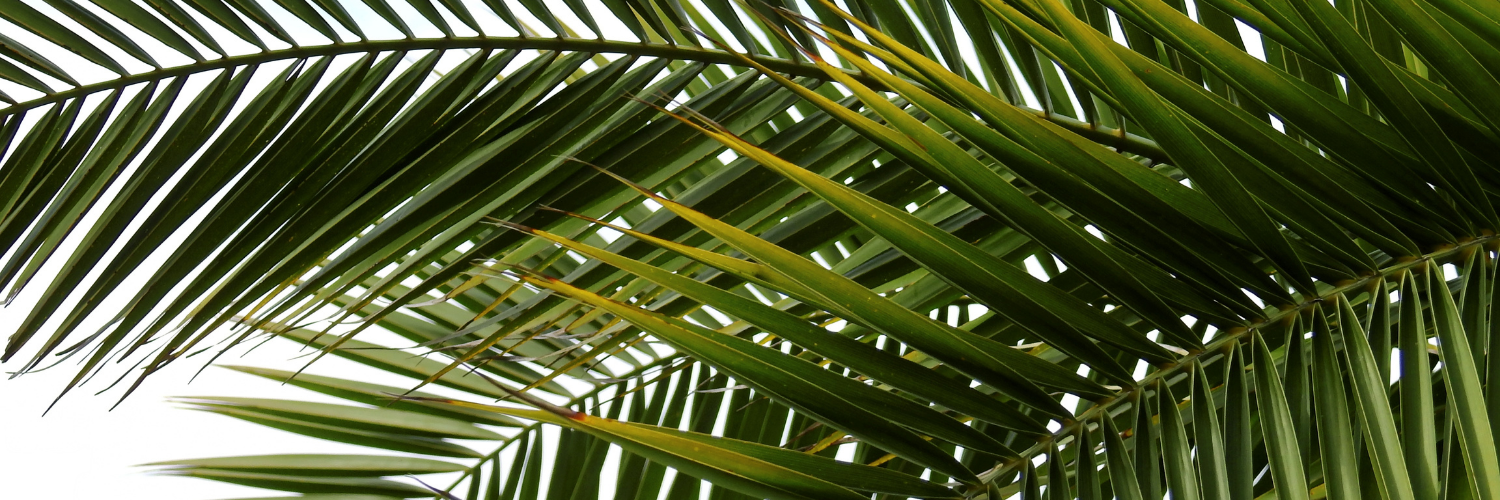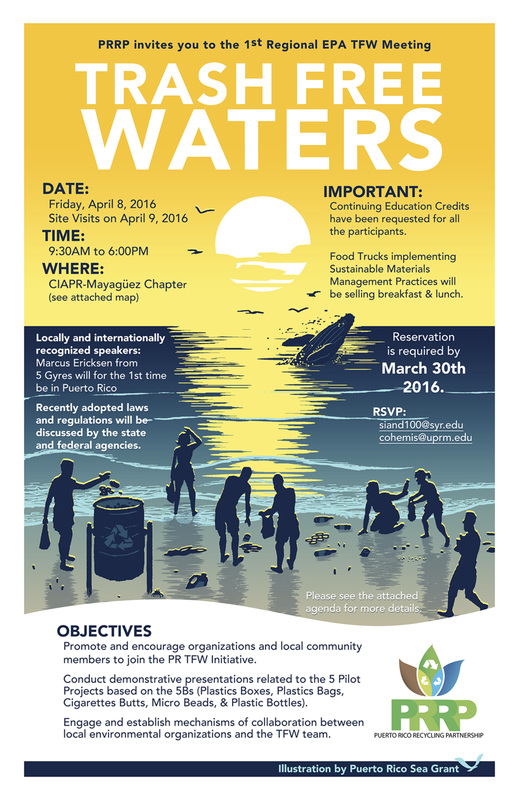TRASH FREE WATERS TEAM
As part of the United States Environmental Protection Agency's efforts to mitigate waste along coasts and in marine ecosystems, the PRRP is working with other organizations to keep our trash out of our oceans. To learn more about Trash Free Waters, click here.
EFC Staff Liaisons:
- Stephanie Anderson Morales (Primary)
Newsletters
Important regulatory approaches have been put in place recently that promise to make a significant difference in our collective efforts to prevent and reduce the amount of trash, including plastics, from entering our waters... Read more here.
events
Webcast: National Pollutant Discharge Elimination System (NPDES) 2016 Small Municipal Separate Storm Sewer System (MS4) General Permit
The EPA webcast will be delivered in Spanish with a presentation pertaining the reissued National Pollutant Discharge Elimination System (NPDES) 2016 Small Municipal Separate Storm Sewer System (MS4) General Permit, new Notice of Intent (NOI) form, revised Storm Water Management Program requirements, and question/answer session. The intended audience for this event are MS4 coordinators, public university MS4 coordinators, State (DTOP, DNER, etc.) and Federal MS4 coordinators, and supporting staff. There is no cost associated with the event. To read more click here. To register click here.
The EPA webcast will be delivered in Spanish with a presentation pertaining the reissued National Pollutant Discharge Elimination System (NPDES) 2016 Small Municipal Separate Storm Sewer System (MS4) General Permit, new Notice of Intent (NOI) form, revised Storm Water Management Program requirements, and question/answer session. The intended audience for this event are MS4 coordinators, public university MS4 coordinators, State (DTOP, DNER, etc.) and Federal MS4 coordinators, and supporting staff. There is no cost associated with the event. To read more click here. To register click here.
Past Meetings
To read the Agenda and details of the 1st Regional EPA Trash Free Waters Meeting, please click on the image below or here.
Resources
Educational posters by the San Juan Bay Estuary Program
How to Organize Beach and Rivers Cleanups (Spanish version)
EPA Newsletter The Flow of Trash Free Waters
How to Organize Beach and Rivers Cleanups (Spanish version)
EPA Newsletter The Flow of Trash Free Waters
News
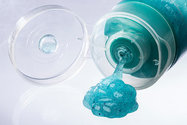
Fighting Pollution From Microbeads Used in Soaps and Creams
By Rachel Abrams May 22, 2015
"Water treatment plants cannot process the nearly 19 tons of microbeads that may be washing into New York’s wastewater every year. Six states — Illinois, Maine, New Jersey, Colorado, Indiana and Maryland — have enacted legislation to restrict the use of microbeads, according to the National Conference of State Legislatures, while bills are pending in others, including Michigan, Minnesota, Washington and Oregon."
Read more here.
By Rachel Abrams May 22, 2015
"Water treatment plants cannot process the nearly 19 tons of microbeads that may be washing into New York’s wastewater every year. Six states — Illinois, Maine, New Jersey, Colorado, Indiana and Maryland — have enacted legislation to restrict the use of microbeads, according to the National Conference of State Legislatures, while bills are pending in others, including Michigan, Minnesota, Washington and Oregon."
Read more here.
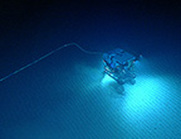
Océano Profundo 2015: Exploring Puerto Rico’s Seamounts, Trenches, and Troughs expedition
By NOAA April 11, 2015
The NOAA found "trash" while exploring the Septentrional Fault in Puerto Rican waters, at a depth of 3,700 meters. Watch video here.
By NOAA April 11, 2015
The NOAA found "trash" while exploring the Septentrional Fault in Puerto Rican waters, at a depth of 3,700 meters. Watch video here.
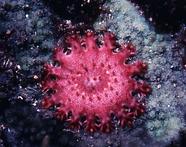
Plastic pollution in the oceans consumed by corals
By Tim Sandle, Environment Sydney Mar 2, 2015 in
"Scientists studying Australia’s Great Barrier Reef have discovered that coral will eat microplastic pollution. Microplastics are the remains of plastic pollution discarded into the oceans."
Read more here.
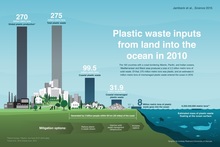
Study: Stunning amount of plastic waste in the oceans
By University of Georgia, Date: 2/13/2015
"The study published in Science Magazine, found that between 4.8 and 12.7 million metric tons of plastic entered the ocean in 2010 from people living within 50 kilometers of the coastline. That year, a total of 275 million metric tons of plastic waste was generated in those 192 coastal countries. " Read more here.
Summary of Expert Discussion Forum on Possible Human Health Risks from Microplastics in the Marine Environment
The majority of trash entering these waters comes from land-based sources, including commonly found plastic items such as bags, bottles, food containers and wrappers, and service ware. In April 2014, the U.S. Environmental Protection Agency’s National Trash Free Waters Program asked the National Research Council to convene subject matter experts in a discussion forum to examine the potential for the bioaccumulation in the marine food web of toxic chemicals from small, plastic particles (microplastics), and the likelihood of risk to human health from consumption of seafood contaminated via the microplastic pathway. This meeting summary highlights overarching themes for priority research to better understand the toxicity and exposure to toxic chemicals in microplastics. To access this meeting summary, go to http://water.epa.gov/type/oceb/marinedebris/.
The majority of trash entering these waters comes from land-based sources, including commonly found plastic items such as bags, bottles, food containers and wrappers, and service ware. In April 2014, the U.S. Environmental Protection Agency’s National Trash Free Waters Program asked the National Research Council to convene subject matter experts in a discussion forum to examine the potential for the bioaccumulation in the marine food web of toxic chemicals from small, plastic particles (microplastics), and the likelihood of risk to human health from consumption of seafood contaminated via the microplastic pathway. This meeting summary highlights overarching themes for priority research to better understand the toxicity and exposure to toxic chemicals in microplastics. To access this meeting summary, go to http://water.epa.gov/type/oceb/marinedebris/.
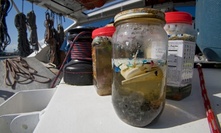
Microplastic deposits found deep in world's oceans and seas
By Adam Vaughan, Date: December 17, 2014
"Scientists believe they have solved the mystery of where tens of thousands of tonnes of missing tiny pieces of plastic are ending up – and the answer lies in the mud and sand on the ocean floor." Read more here
Learn more about the issue of trash in our waters:
International Agencies
Media
- Trash Free Waters United Nations Environment Programme
- Trash Free Waters US Environmental Protection Agency
Media
- UPSTREAM Quartely's Embodied Energy in "Stuff" Drives Climate Disruption
- Following suit; California lawmakers put an end to plastic-bag litter
- Take the challenge! Skip The Straw
- National Geographic's Marine Trash Maps
Videos
|
|
|

